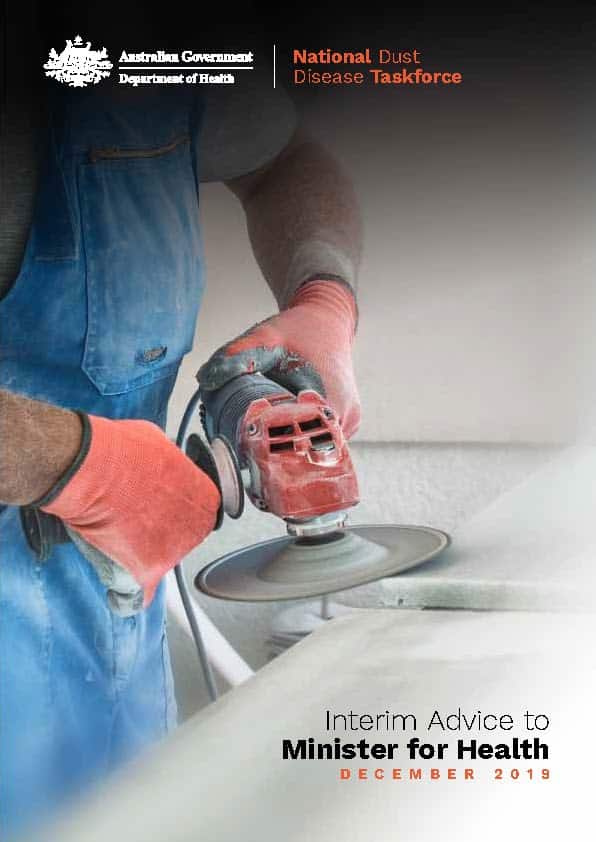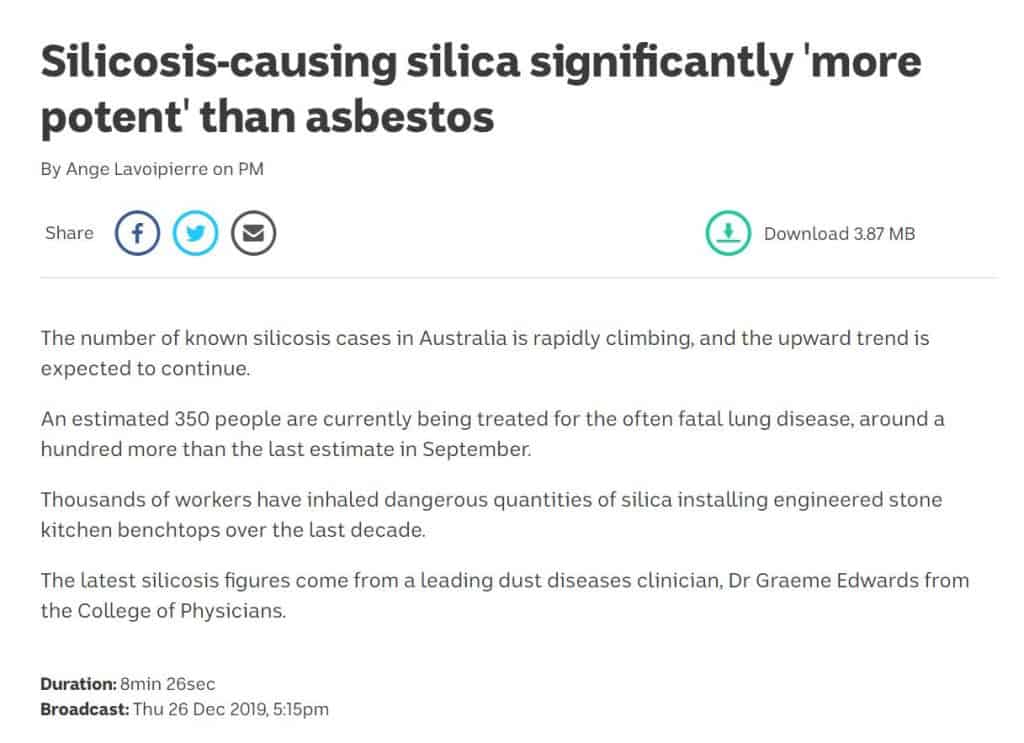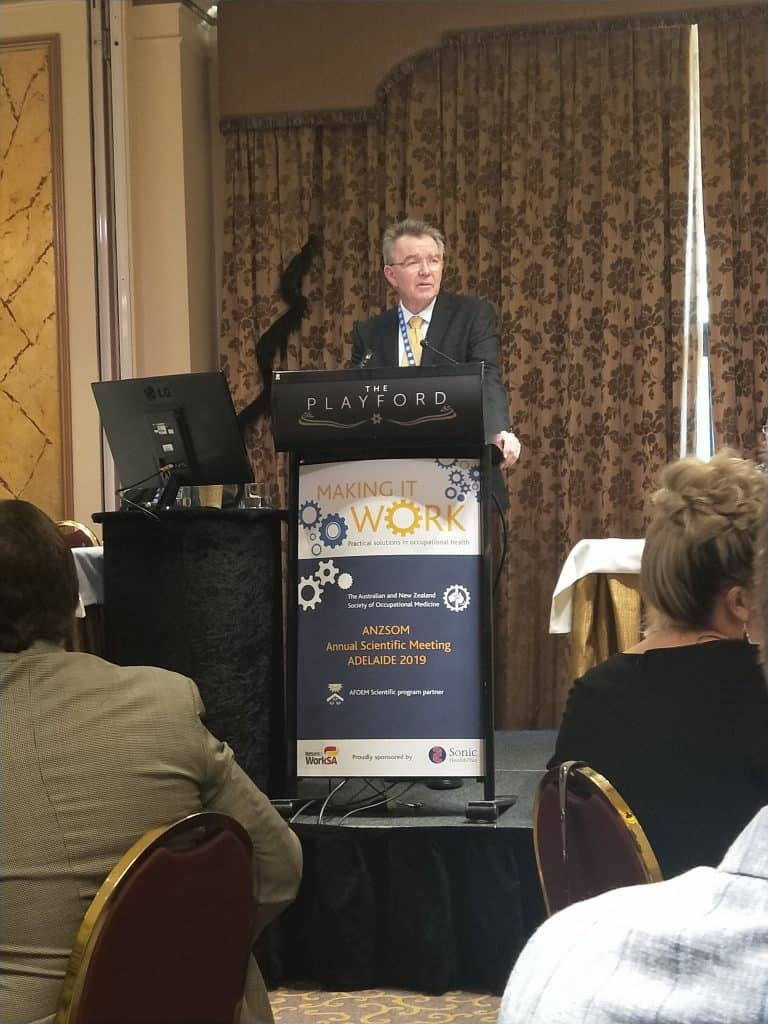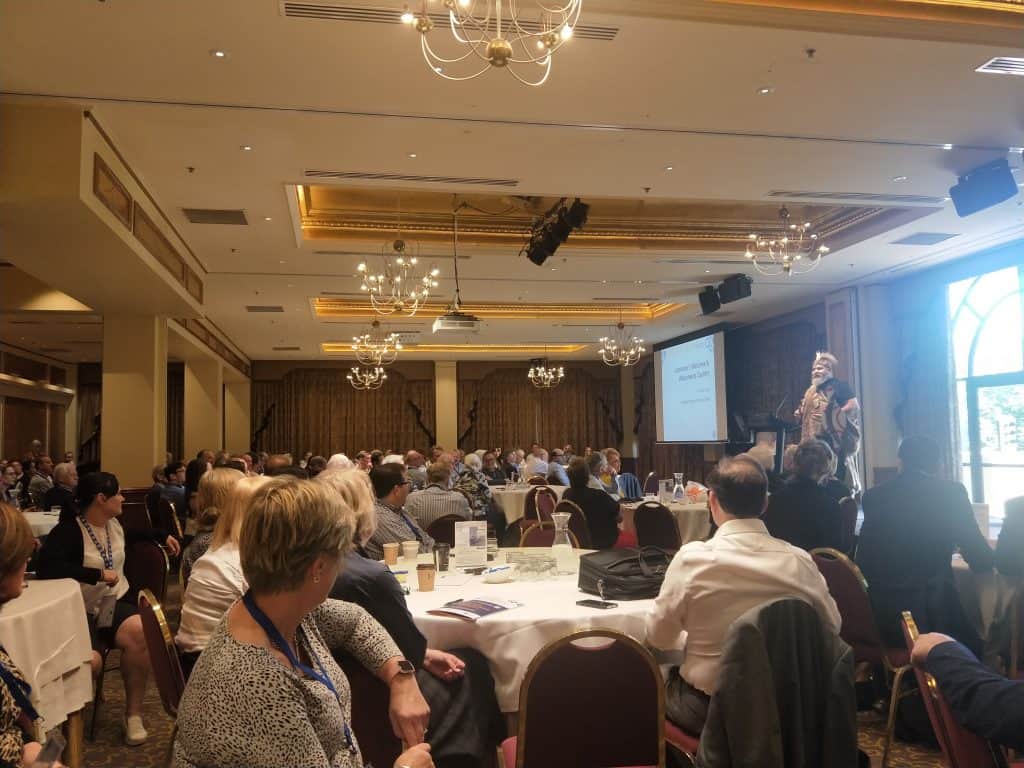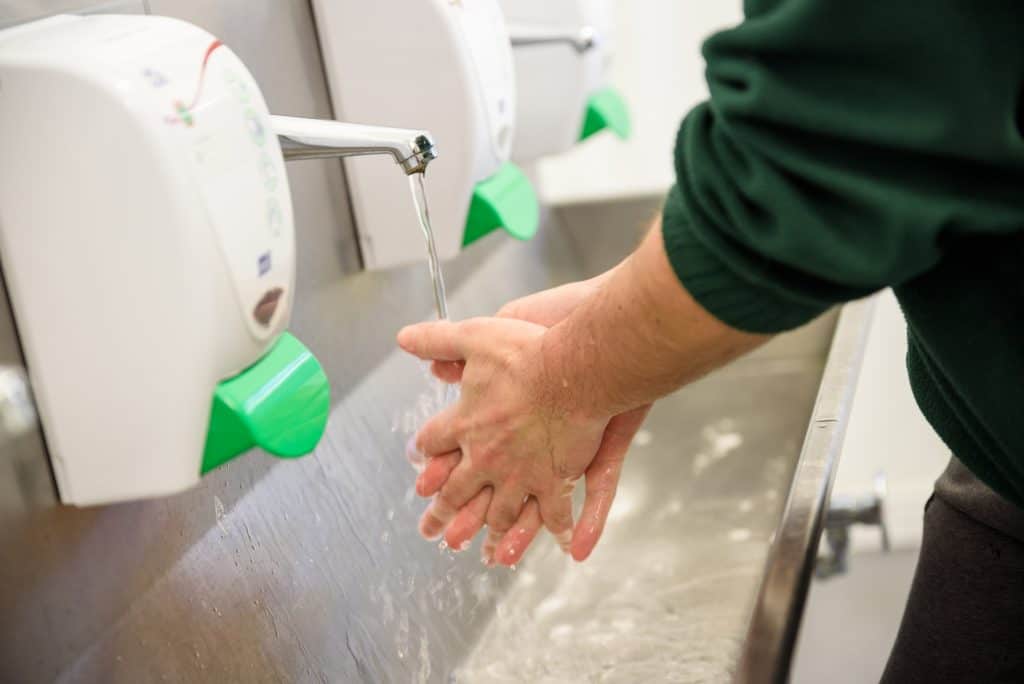
The appearance of a new coronavirus (Covid19) has again thrown a focus on hand hygiene. This is an occupational health and safety (OHS) issue as the risk could appear at work and, in Australia, suitable toilet amenities are required under OHS Acts and Regulations. But how do you wash your hands safely? Let’s look at one recommendation.

